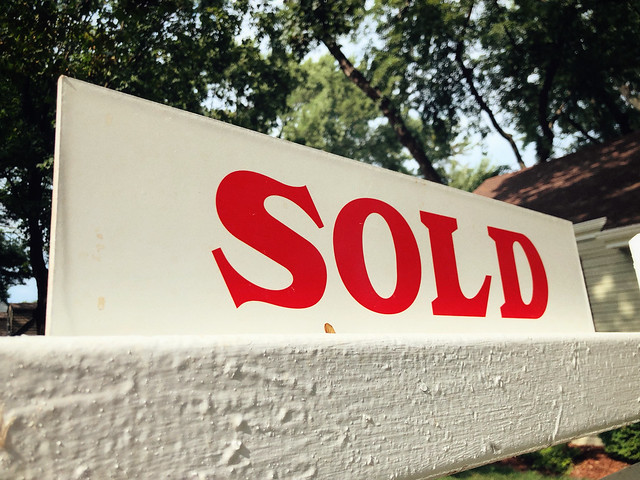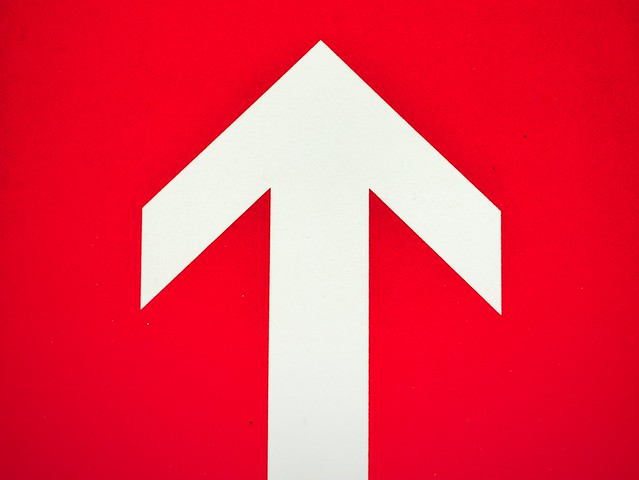Tracking the number of signed contracts to buy homes is a good way of determining how active home buyers are in the current market. If signings are rising, buyers are active and home sales are likely to see increases soon. That’s why the National Association of Realtors tracks contract signings each month with its Pending Home Sales Index. The index is considered a good indicator of future home sales, since signings precede closings by several weeks. According to the most recent release, the NAR found signings up in December. In fact, the index was up 8.3 percent from the month before. Lawrence Yun, NAR’s chief economist, says the housing market is headed in the right direction. “The housing market is off to a good start this year, as consumers benefit from falling mortgage rates and stable home prices,†Yun said. “Job additions and income growth will further help with housing affordability, but increased supply will be essential to satisfying all potential demand.†(source)













